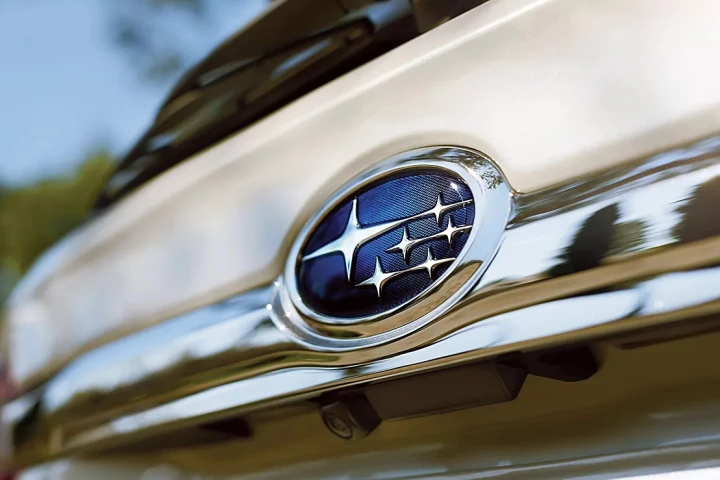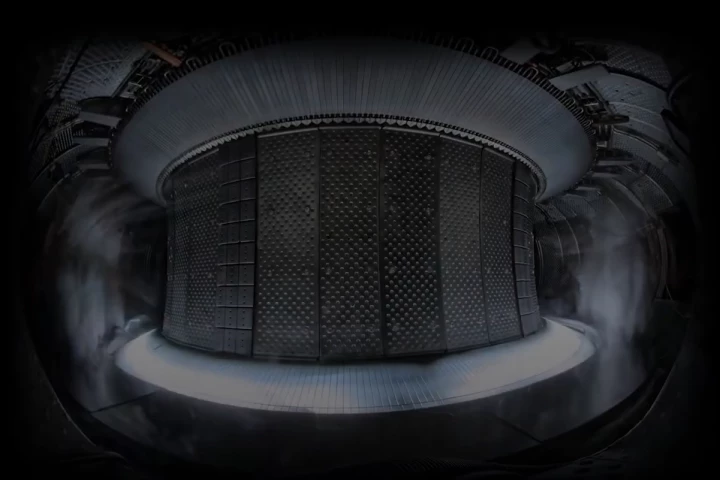Concrete seems pretty inoffensive. It just looks like mud, and appears to do nothing except sit there and harden. The fact is, though, concrete is the world's third-largest source of man-made carbon dioxide. Its production process accounts for at least 5% of the CO2 our species pumps into the atmosphere annually. Apparently, however, it doesn't have to be that way. Two companies are now using different technologies that not only make concrete carbon-neutral, they actually make it carbon-negative.
Calera's CMAP process
Calera is a California-based company that converts the carbon in industrial flue emissions (i.e: smoke stack output) into components of concrete and asphalt. The process is called Carbonate Mineralization by Aqueous Precipitation, or CMAP, and involves running flue gases through pH-adjusted seawater or alkaline brine water. The chemical qualities of the water convert the CO2 to calcium and/or magnesium carbonate, which is then precipitated from the water and dried, using the heat already being released from the flue. These solidified minerals can be used as cement or aggregate, two of the three ingredients in concrete (the third being water). The process is said to remove 70-90% of CO2 from the gases, and every ton of the resultant building materials contains up to half a ton of captured carbon.
Other benefits
CMAP has a couple of other aces up its sleeve. It has been shown to capture 95-98% of sulfur dioxide in flue gases, and neutralizes other pollutants such as mercury, trace metals, nitrogen and ammonia. Combined with a desalination plant, it could also produce low-cost drinking water - the seawater would already be getting pumped in, and would already have its calcium and magnesium removed, making the desalination process cheaper and easier. In another scenario, Calera's process could use the leftover brine slurry from a desalination plant to extract CO2 from flue gas. This set-up would result in cleaner post-slurry wastewater than would be possible with a stand-alone desalination plant. It is also hoped that revenue generated by desalination, along with concrete sales, would help make CMAP cost-effective.Calera's process is currently being used in a pilot project at the Moss Landing power plant in California. Similar technologies are being pursued by companies such as America's Carbon Sciences and Canada's Carbon Sense.
Novacem's CO2-absorbing cement
Over in London, Novacem is claiming carbon-capture figures similar toCalera's, but by taking a different approach. It uses magnesium silicate as its product's base, as opposed to the limestone that is used in traditional Portland cement. Through a low-heat, low-carbon process, that silicate is converted to magnesium oxide, which is then made into cement. As that cement hardens within a concrete mixture, it actually absorbs and stores atmospheric CO2. Novacem claims that for every ton of its cement that is used, approximately three-quarters of a ton of carbon dioxide is captured. Production costs are said to be comparable to Portland cement, and it's recyclable, to boot.As is the case with Calera, Novacem is not alone in its field. Other companies developing similar products include Australia's TecEco and Calix, and the Dutch C-Fix. Gizmag has also previously looked at a "green" concrete being developed by Louisiana Tech University.







